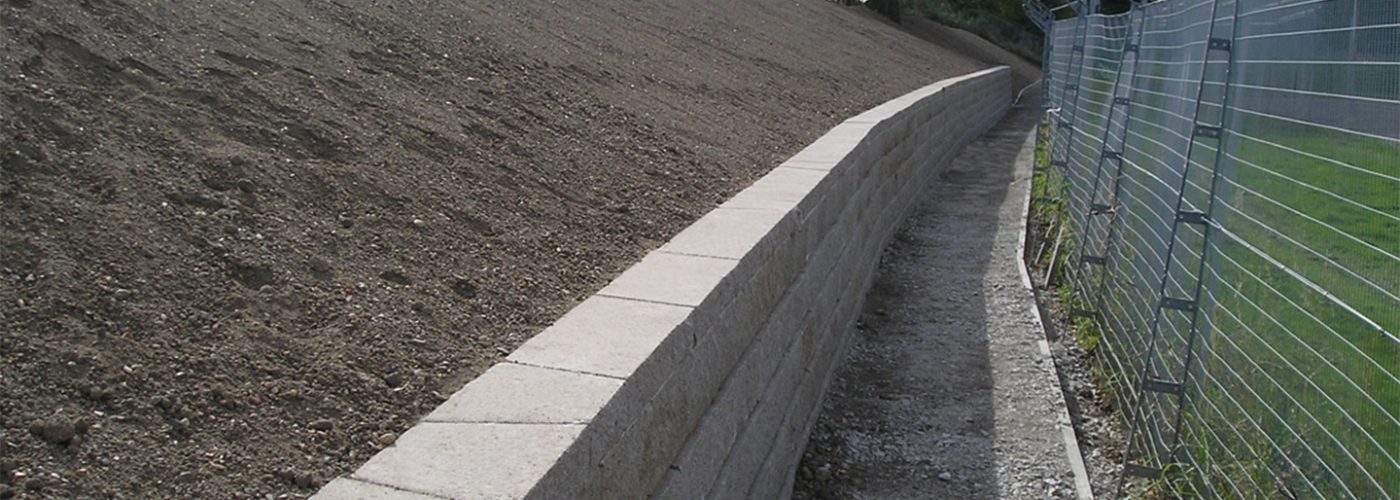A residential application of a wall retaining may require the help of an engineer and local councils to regulate the process. Retaining walls engineering Texas involves the process of employing innovative ways to solve a structural problem. Having a structural engineer from the initiation of the project can help make changes in the preliminary design. Retaining walls are required in places where there is a need for extra support to hold a sloping soil patch. The best retaining wall designs can withstand gravity and lateral force from a sloppy place. Below are the most common retaining wall designs, and it’s important to note that retaining wall costs in Australia can vary depending on the design, materials, and labor involved. If you’re planning to build a retaining wall in Australia, you may want to consult with a local contractor or use a cost estimator tool to get a better idea of the potential expenses involved.
Gravity retaining wall
This type of wall can withstand soil pressures because of its weight and geometry hence ensuring the stability of a building. Materials used in their construction include natural stone or rock, limestone blocks, and gabions. They improve stability and are best when used for low height walls. Taller walls are quite expensive.
Cantilever Retaining Wall
This type of wall is made of a concrete and base concrete slab. They are mostly used in places where there may be large changes in grade elevation. They resist soil pressure due to the weight of the backfill material used to construct them. It has two parts i.e. the stem and the base slab. It is mainly constructed on mining sites and is more cost-effective than gravity walls.
Anchored Retaining wall
Anchored retaining wall resists soil pressure by using tension supports such as drilled cables or rods. They are mostly used when the workspace is not big enough.
Before selecting a retaining wall design, the following should be put into consideration
- Lateral earth pressure that results from the retained earth pushing against the constructed wall. The lateral force depends on the slope of the surface, the shear strength, moisture content, and the weight of the soil.
- The drainage system of a structure location and its performance is key since there are no retaining wall designs that can hold back water tables.
- There is a need to reduce the number of settlements and tilting in an area where retaining walls are on a slopy ground. Excessive weight can lead to soil failure and the whole wall slipping down the slope.
- Surcharge loads are used to add stability for structures built on inclined slopes with great lateral pressures. Examples of surcharge loads that can be used include gardens, water tanks, vehicles, and buildings.
Conclusion
Structural engineers are always engaged in inspection and repair of damaged retaining walls or to design the retaining walls to be constructed. This type of wall fails mostly due to poor construction or poor design hence the need for professional engineers during their set up. Retaining wall designing required to be done by an expert trained and registered engineer. The process of selecting the best and suitable retaining wall design must put into consideration the soil parameters and a workable geometry. The building designer also tests the wall’s performance and resistance to sliding and chooses the best materials to use for support eg steel.





